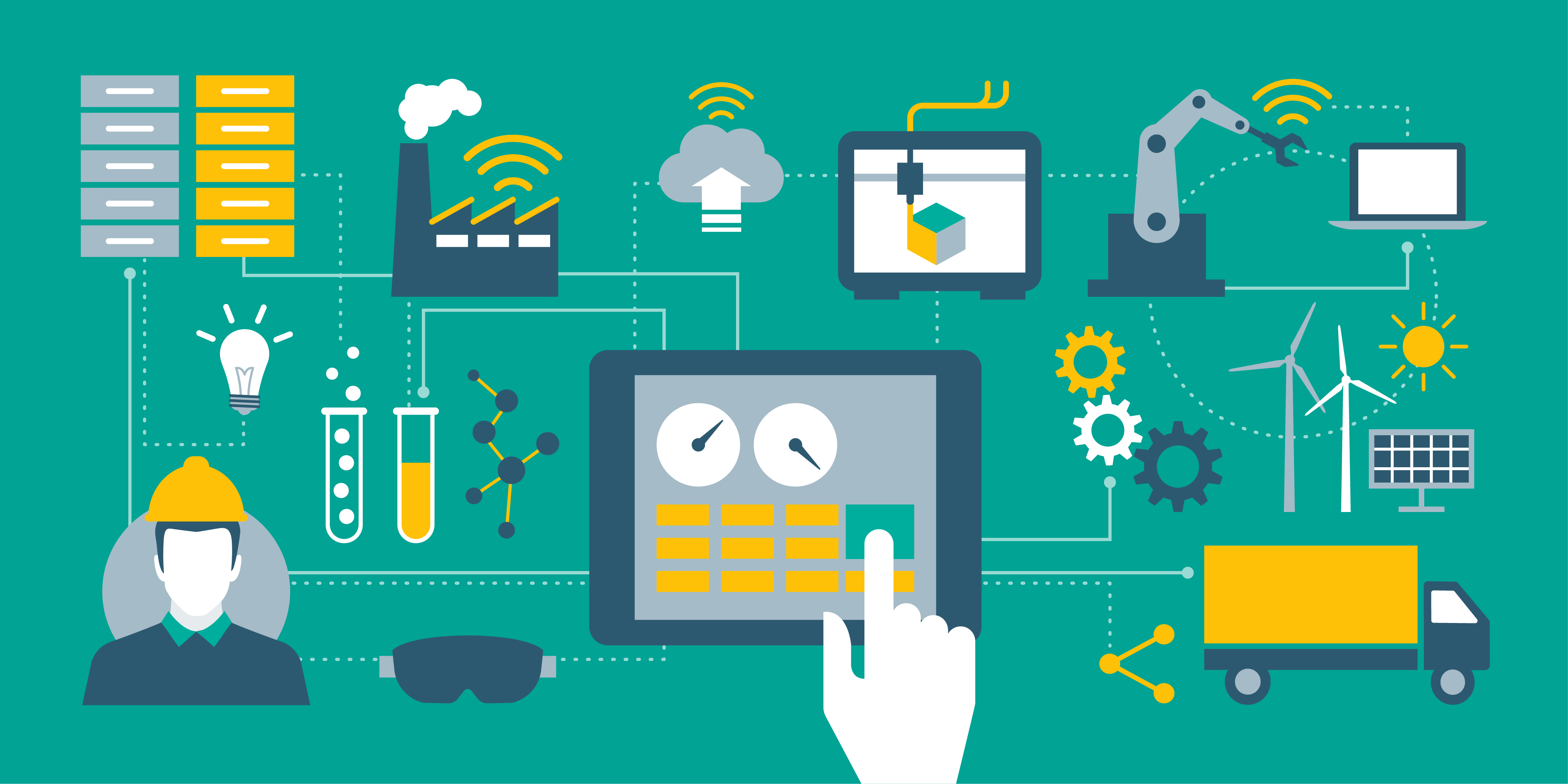The landscape of technology, especially with regard to remote working, has changed dramatically in recent years. As work spaces that are remote increase, companies are challenged to equip their employees with the most modern technology. PC as a Service and Hardware as a Service are two options that have been designed to meet the growing demands.

The rise of PC as a Service
PCaaS is a well-known leasing model across the world of tech, and is often paired with lifecycle services. This unique approach relieves companies from the time-consuming and costly purchase, configuration and delivering PCs.
PCaaS, in essence, simplifies IT processes, making it easier for companies to equip their employees with the right tools in particular as technology continues to advance rapidly. This leasing model isn’t just about hardware, but also includes on lifecycle management, which ensures that technology is effective and up-to-date.
Automating Onboarding Using PCaaS
PCaaS has the advantage of automating and streamlining the onboarding of new employees. The process of onboarding new employees used be a laborious and time-consuming process. PCaaS can cut down the amount time and effort required for onboarding by providing devices which are pre-configured and ready for use.
Automation is a cornerstone of PCaaS, allowing organizations to more effectively manage the duration of the equipment’s lifecycle. This leads to improved efficiency in operations, which allows IT departments to focus more on strategic initiatives and less time on mundane setup tasks.
Understanding the difference between HaaS and PCaaS
While PCaaS and HaaS may seem interchangeable, they do have distinctions. PCaaS includes a range of services like software support, lifecycle and support together with the lease on hardware. HaaS is on the other hand refers primarily to leasing hardware. It can also encompass services too, but it isn’t as extensive like PCaaS.
PCaaS is not just leasing hardware. It provides a comprehensive solution to meet the changing demands of modern business. It is a good fit with the goal of reducing IT while reducing costs and improving overall employee experience.
The Impact on Business Efficiency
PCaaS is transforming on the efficiency of business operations, especially for large businesses with dispersed workforces. The traditional method of managing and updating hardware can be costly and time-consuming. PCaaS takes internal IT of the burden of managing hardware by providing an organized way of managing the entire equipment’s lifecycle.
PCaaS allows organizations to streamline their processes, increase efficiency and decrease operational complexity. The resources and time saved can be utilized to spur innovation and growth through strategic initiatives.
Unveiling Hidden Complexities: Choosing the right PCaaS
PCaaS offers many advantages. However, not all PCaaS services are created equal. Companies must take their time and choose a PCaaS service which meets their needs. Service level agreements, integrations of software cost, overall costs, and even support could all be undiscovered details.
An understanding of the conditions and terms in addition to the quality of services offered within the PCaaS package, is critical. This is to ensure that the PCaaS service provider you choose fulfills the requirements of your business and positively impacts business operations.
Final Thoughts – Empowering efficiency with HaaS and PCaaS
Utilizing new services such as PCaaS, HaaS, and other options in an ever-changing tech landscape can be an important decision for businesses. PCaaS is a great method to control hardware and software, to automatize onboarding and improve the efficiency of an organization.
While PCaaS excels in its capability to streamline IT and improve the user experience, HaaS offers a more hardware-focused solution. Organizations must carefully think about their needs and pick the option that best meets their needs and goals.
PCaaS or the HaaS model can help companies achieve the most efficient and efficient future in today’s digital age. These services do not just provide the necessary technological tools and capabilities, but also help firms to reduce their time and money.